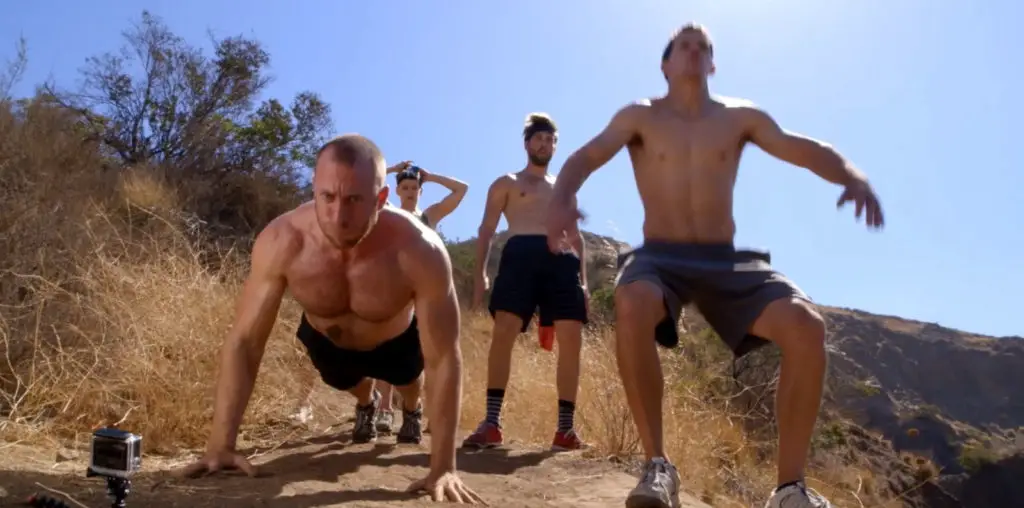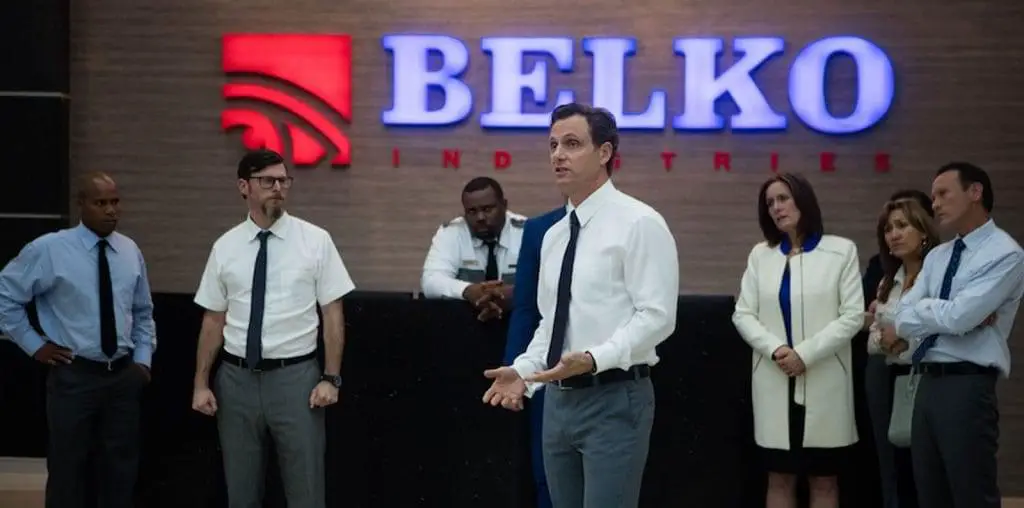
Tommy Lee Jones’ face is a national treasure, is it not? Each passing year adds to its pricelessness-not the way a wine improves; the way your father’s baseball glove, forgotten in a musty attic, creases with time. Is there a face on the screen as wizened, as ruined, as made for playing men who’ve seen unspeakable things?
Who else could’ve given us the haunted sheriff in No Country for Old Men? Or the heartbroken husband of In the Valley of Elah or that complicated cuss, Thaddeus Stevens, in Lincoln? It’s impossible to imagine another actor in those roles just as it’s preposterous to try to put a face other than Jones’ on George Briggs, the claim jumper and whiskey enthusiast he plays in The Homesman, one of the most bleakly beautiful westerns ever made.
This is the second film he’s directed (the first was 2005’s underappreciated gem The Three Burials of Melquiades Estrada). Along with Kieran Fitzgerald and Wesley Oliver, he’s adapted it from a 1988 novel by Glendon Swarthout. It opens in the Nebraska Territory a few years before the Civil War. Color, leafery and hills evidently have yet to be invented.
The small settlement is more half-realized notion than actual place. Sod hovels approximate houses. Stretches of dust-blown dirt do feeble impressions of streets and, one by one, the residents are becoming unsettled. Three women have gone crazy. One lost her children to disease. Another killed her baby and tossed the body down an outhouse hole. Both their living conditions and their men have proven brutal beyond enduring. One of the film’s chief themes is the toll pioneer life took on the women and children and, in making this his focal point-as opposed to gunfights and saloon brawls-Jones has quite possibly made the first feminist western.
Hilary Swank has the starring role of Mary Bee Cuddy. A frontier spinster more than once described as too “plain and bossy” to attract a husband, she’s also one of the few in the town to have gotten and kept her act together. The place’s preacher (the omnipresent John Lithgow) needs a volunteer to take the madwomen east to Iowa. When none of the men offer their services, she agrees to transport them and is able to secure Briggs’ promise to provide protection when she happens on him in mid-hanging and invites him to choose between dangling to death and helping her.
Getting from point A to point B proves unexpectedly perilous given that every mile the group travels theoretically brings them closer to civilization and order. It’s a six week odyssey with as much David Lynch as John Ford in its cinematic DNA. Along the way, the two grow improbably close while grappling with dangers both indigenous to the genre and decidedly surreal-everything from hostile Native Americans to hostile hoteliers (James Spader, meriting a movie of his own). It’s literally a long, strange trip. Unpleasant surprises wait around every corner and, when you least expect it, an act that’s beyond shocking is committed sending chills through the rest of the film.
The Homesman’s distributor has mounted a sort of halfhearted awards campaign on behalf of the picture and, in particular, two-time Oscar winner Swank’s solid, subtle performance, but my guess is it’s unlikely to end any more happily than the movie. Hollywood isn’t big on bleak, even when it’s beautiful and imbued with trace amounts of black humor. Jones makes the kind of movies that win admirers, not awards. The Homesman is the work of a deeply thoughtful, profoundly gifted artist. A guy who’s not just another pretty face.

